Home>Furniture & Design>Interior Design Trends>How It’s Made: Glass
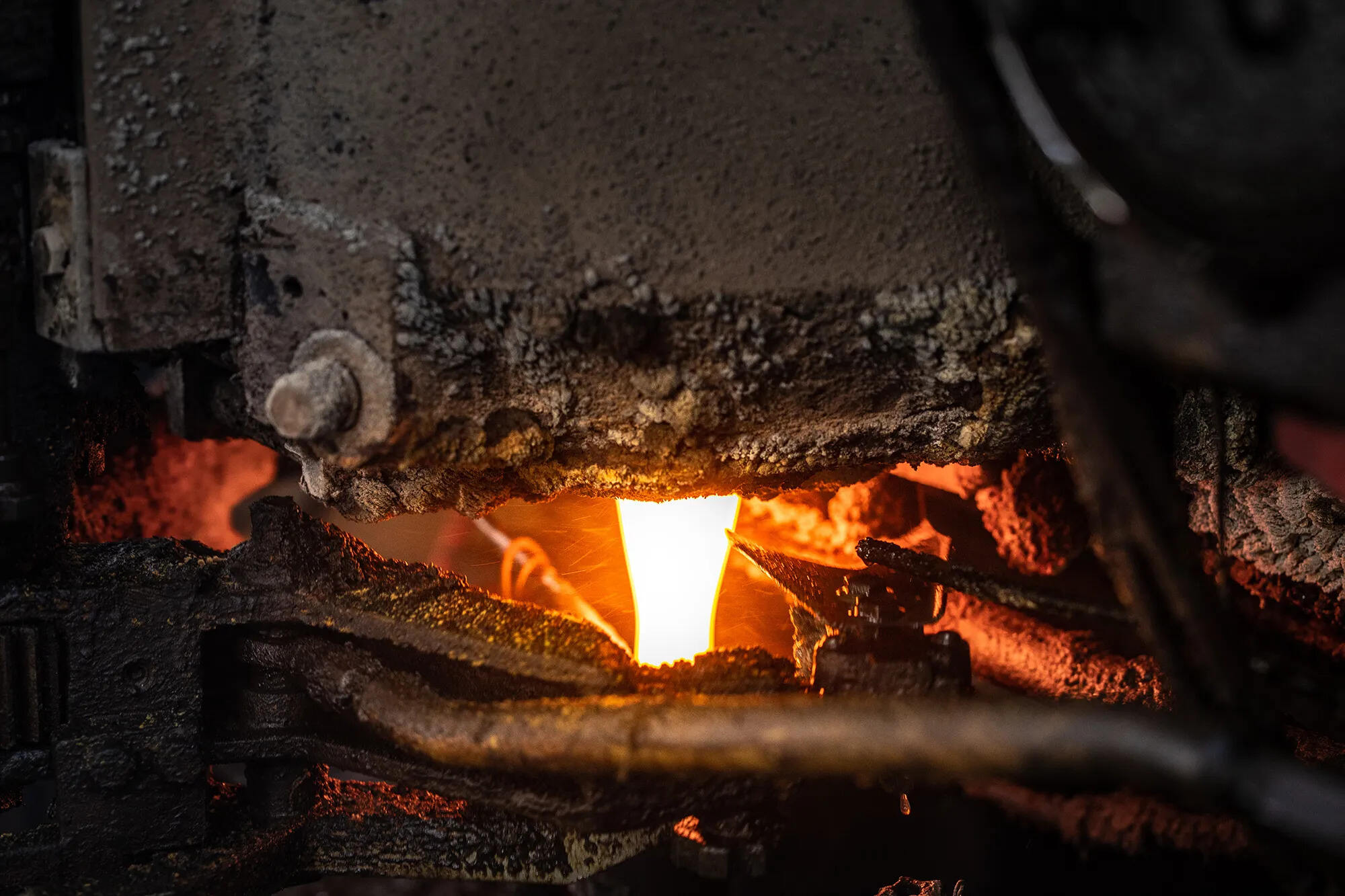

Interior Design Trends
How It’s Made: Glass
Modified: February 18, 2024
Discover the intricate process of creating glass and stay updated on the latest interior design trends with our comprehensive guide. Explore the artistry and innovation behind glass production and find inspiration for your next design project.
(Many of the links in this article redirect to a specific reviewed product. Your purchase of these products through affiliate links helps to generate commission for Storables.com, at no extra cost. Learn more)
Introduction
Glass is a material that surrounds us in our daily lives, from the windows that let in natural light to the sleek screens of our smartphones. Its versatility and transparency make it an essential element in modern architecture, interior design, and consumer products. Understanding the intricate process of creating glass can deepen our appreciation for this remarkable substance.
The art of glassmaking has been practiced for centuries, with a rich history that spans cultures and civilizations. From the ancient Mesopotamians to the skilled artisans of Venice, the craft of transforming raw materials into exquisite glass objects has evolved and thrived through the ages.
In this article, we will delve into the fascinating world of glass production, exploring the intricate steps involved in crafting this translucent material. From the raw materials used to the meticulous techniques of melting, forming, and finishing, we will uncover the artistry and precision required to produce glass in its various forms.
Join us on a journey through the mesmerizing process of creating glass, where sand, soda ash, limestone, and other elements are transformed into the shimmering substance that has captivated human imagination for centuries. Let's unravel the secrets behind the mesmerizing allure of glass and gain a deeper understanding of the craftsmanship that goes into its creation.
Key Takeaways:
- Glassmaking has a rich history spanning ancient civilizations, showcasing human creativity and innovation. The process involves melting raw materials, shaping the molten glass, and ensuring its strength through annealing.
- The art of glassmaking involves meticulous selection of raw materials, transforming them into exquisite glass objects through melting, shaping, and annealing. The finished glass products undergo precision finishing and packaging to ensure their quality and safe delivery.
Read more: How To Tell If It’s Uranium Glass
History of Glassmaking
The history of glassmaking is a captivating journey that spans thousands of years, encompassing diverse cultures and civilizations. The origins of glass can be traced back to ancient Mesopotamia, where skilled artisans discovered the transformative power of heating sand to create a translucent substance. This groundbreaking innovation marked the birth of glassmaking, laying the foundation for a craft that would captivate the world for millennia.
The ancient Egyptians further advanced the art of glassmaking, demonstrating remarkable skill in crafting intricate glass beads and vessels. Their expertise in glassblowing techniques revolutionized the industry, enabling the production of delicate and ornate glass objects with unprecedented precision.
The Roman Empire played a pivotal role in the proliferation of glassmaking, elevating it to an art form of unparalleled sophistication. Luxurious glassware adorned the tables of the elite, showcasing exquisite craftsmanship and innovative designs. The Romans' mastery of glassblowing and molding techniques propelled the industry to new heights, solidifying glass as a symbol of opulence and refinement.
During the Middle Ages, the Venetian island of Murano emerged as a renowned center of glassmaking excellence. Skilled artisans honed their craft, developing intricate glassblowing techniques and pioneering the production of exquisite chandeliers, mirrors, and decorative glassware. The unparalleled artistry of Murano glass became synonymous with luxury and elegance, captivating the aristocracy across Europe.
The Renaissance period witnessed a flourishing of glassmaking artistry, with innovations in glass composition and decorative techniques. The creation of stained glass windows adorned majestic cathedrals, infusing sacred spaces with vibrant hues and ethereal light. The era's emphasis on artistic expression and technical ingenuity propelled glassmaking to unprecedented levels of creativity and sophistication.
In the modern era, industrial advancements have revolutionized the glassmaking process, enabling mass production and the creation of innovative glass products for diverse applications. From architectural marvels featuring expansive glass facades to cutting-edge technologies such as tempered glass and laminated glass, the evolution of glassmaking continues to shape the world around us.
The history of glassmaking stands as a testament to human ingenuity and creativity, showcasing the enduring allure of this remarkable material. As we marvel at the shimmering surfaces and intricate forms crafted from glass, we are reminded of the timeless legacy of innovation and artistry that defines the captivating history of glassmaking.
Raw Materials
The process of creating glass begins with a meticulous selection of raw materials, each playing a crucial role in determining the properties and characteristics of the final product. The primary components used in glassmaking include silica sand, soda ash, limestone, and cullet, which collectively contribute to the chemical composition and structural integrity of the glass.
Silica sand serves as the foundational ingredient in glass production, providing the essential silica dioxide necessary for the glass-forming process. Its high purity and uniform grain size make it an ideal starting material, ensuring the clarity and strength of the resulting glass. Soda ash, also known as sodium carbonate, acts as a flux, lowering the melting point of the silica and facilitating the fusion of the raw materials during the heating process. This crucial component enhances the workability of the glass, allowing it to be shaped and molded with precision.
Limestone, a source of calcium carbonate, serves as a stabilizer in the glass formulation, imparting durability and resistance to thermal shock. Its presence contributes to the overall strength and structural integrity of the glass, making it suitable for a wide range of applications. Additionally, recycled glass, known as cullet, is often incorporated into the raw materials, promoting sustainability and reducing the environmental impact of glass production. By reusing cullet, glass manufacturers minimize the consumption of natural resources and energy, aligning with sustainable practices.
The careful combination of these raw materials is a critical step in achieving the desired properties of the glass, whether it be for architectural glazing, decorative art glass, or precision optical lenses. The precise ratios and quality of the raw materials influence the transparency, color, and thermal characteristics of the glass, ensuring that it meets the specific requirements of diverse industries and applications.
As the raw materials are meticulously measured and blended to exacting standards, they form the essential building blocks for the mesmerizing transformation that awaits in the next stages of the glassmaking process. The careful selection and harmonious fusion of these raw materials lay the foundation for the creation of glass, a material that has captivated human imagination and creativity for millennia.
Melting and Forming
The mesmerizing transformation of raw materials into glass begins with the intricate process of melting and forming. This pivotal stage harnesses the power of heat to initiate a profound metamorphosis, turning solid ingredients into a molten liquid that can be shaped and molded with precision.
The raw materials, carefully selected and blended to achieve the desired chemical composition, are introduced into a high-temperature furnace, where they undergo a remarkable transition. The intense heat, often exceeding 1700 degrees Celsius, causes the silica sand, soda ash, limestone, and cullet to fuse together, forming a viscous liquid known as molten glass. This molten state unlocks the inherent potential of the raw materials, allowing them to be sculpted and manipulated into a myriad of forms.
Skilled glassmakers, equipped with specialized tools and profound expertise, harness the molten glass, shaping it through a variety of techniques to achieve the desired designs and dimensions. The art of glassblowing, an ancient craft that has endured through the ages, involves gathering a molten glob of glass on the end of a blowpipe and skillfully inflating it to create exquisite vessels, ornaments, and art pieces. The rhythmic dance of the glassblower's breath and movements imbues the molten glass with graceful contours and delicate details, capturing the essence of artistic expression.
In addition to glassblowing, other forming methods such as pressing, casting, and hand shaping are employed to realize diverse glass products, each demanding precision and finesse. The molten glass, in its pliable and fluid state, responds to the deft touch of the artisans, yielding to their creative vision and technical mastery. Whether crafting intricate stained glass windows for majestic cathedrals or fashioning sleek glass panels for modern architectural marvels, the melting and forming stage is where the artistry and expertise of glassmakers converge to bring forth captivating creations.
As the molten glass takes shape under the skilled hands of artisans, it embodies the fusion of tradition and innovation, carrying forward the legacy of centuries-old techniques while embracing contemporary design sensibilities. The mesmerizing interplay of heat, skill, and creativity during the melting and forming process yields a diverse array of glass products, each bearing the hallmark of meticulous craftsmanship and timeless elegance.
The melting and forming stage stands as a testament to the transformative power of heat and human ingenuity, where raw materials evolve into exquisite glass objects that enrich our surroundings and inspire awe. It is a captivating journey of fluidity and finesse, where the alchemy of melting and shaping gives rise to the captivating allure of glass in its myriad forms.
When working with glass, always wear safety goggles to protect your eyes from shards or splinters. Glass can be sharp and dangerous if not handled carefully.
Annealing
Following the intricate process of melting and forming, the molten glass undergoes a crucial phase known as annealing, which is essential for ensuring the structural integrity and durability of the finished glass products. Annealing is a meticulously controlled cooling process designed to relieve internal stresses within the glass, thereby enhancing its strength and resistance to breakage.
As the molten glass objects are carefully shaped and formed, they retain residual internal stresses resulting from the intense heat and rapid cooling experienced during the melting and forming stage. These internal stresses, if left unaddressed, can compromise the stability and longevity of the glass, making it susceptible to spontaneous breakage or structural failure. Annealing serves as a vital corrective measure, allowing the glass to gradually cool at a controlled rate, relieving the internal tensions and fortifying its molecular structure.
The annealing process involves carefully transferring the freshly formed glass objects to a temperature-controlled annealing lehr or kiln, where they undergo a precisely calibrated cooling cycle. The glass is gradually cooled at a predetermined rate, typically ranging from several hours to several days, depending on the thickness and complexity of the glass objects. This gradual cooling process allows the internal stresses to dissipate, promoting uniformity and stability throughout the glass.
By subjecting the glass to the annealing process, manufacturers ensure that the finished products exhibit exceptional strength, resilience, and resistance to thermal shock. Whether it be delicate glass art pieces, precision optical lenses, or robust architectural glass panels, the annealing process plays a pivotal role in enhancing the performance and longevity of the glass.
The meticulous attention to annealing reflects the commitment to quality and craftsmanship inherent in the glassmaking process. It is a testament to the dedication of artisans and manufacturers in delivering glass products of uncompromising durability and reliability. The annealing phase represents a crucial step in the journey of transforming molten glass into enduring and resilient creations that enrich our lives and surroundings.
As the glass objects emerge from the annealing process, they bear the hallmark of structural integrity and stability, ready to fulfill their diverse roles in architecture, design, and everyday utility. The artistry and precision of annealing ensure that the allure of glass endures, standing as a testament to the enduring legacy of craftsmanship and innovation in the world of glassmaking.
Read more: Capital Mall Play Area: What It’s Made Of
Finishing and Packaging
The culmination of the glassmaking process involves meticulous attention to the finishing and packaging of the exquisite glass products, marking the final stages of their transformation from raw materials to captivating creations. As the freshly annealed glass objects emerge with newfound strength and resilience, they undergo a series of carefully orchestrated steps to refine their surfaces, enhance their visual appeal, and prepare them for their journey into the world.
The finishing touches applied to glass products encompass a diverse array of techniques, each tailored to the specific characteristics and intended applications of the glass. Precision grinding and polishing techniques are employed to achieve flawless optical surfaces in precision lenses and high-quality glassware, ensuring exceptional clarity and light transmission. Intricate etching and engraving processes add ornate designs and personalized details to decorative glass pieces, infusing them with individuality and artistic expression. Surface treatments such as sandblasting and acid etching create captivating textures and patterns, adding depth and visual interest to architectural glass panels and artistic installations.
Once the finishing processes are complete, the glass products undergo rigorous quality inspections to uphold the highest standards of craftsmanship and performance. Skilled artisans meticulously examine each piece, scrutinizing for imperfections, ensuring dimensional accuracy, and verifying adherence to design specifications. This unwavering commitment to quality assurance underscores the dedication of glass manufacturers to deliver products of uncompromising excellence.
Following the meticulous finishing processes, the glass products are carefully packaged to safeguard their pristine condition during transportation and handling. Customized packaging solutions, tailored to the specific dimensions and fragility of the glass, provide secure encasement, shielding the products from potential damage and ensuring their safe arrival at their intended destinations. Whether it be delicate glass art pieces destined for galleries, precision optical components bound for scientific instruments, or architectural glass panels slated for construction projects, the packaging is designed to preserve the integrity and beauty of the glass.
The artistry and precision of the finishing and packaging stages reflect the unwavering commitment to excellence that defines the world of glassmaking. As the glass products are readied for their journey into the world, they embody the culmination of centuries-old craftsmanship, innovative techniques, and a profound appreciation for the transformative power of glass. With meticulous attention to detail and a steadfast dedication to quality, the finishing and packaging processes ensure that the allure of glass endures, enriching our lives and surroundings with its timeless elegance and functionality.
Conclusion
The journey of glassmaking is a captivating odyssey that intertwines ancient traditions, innovative techniques, and unwavering dedication to craftsmanship. From the sands of ancient Mesopotamia to the modern-day glass furnaces, the art of transforming raw materials into shimmering glass objects has evolved, leaving an indelible mark on human history and culture.
As we reflect on the intricate process of creating glass, we are reminded of the profound artistry and technical precision that converge to produce this remarkable material. The history of glassmaking, spanning millennia and encompassing diverse civilizations, serves as a testament to human ingenuity and creativity. From the delicate glass beads of ancient Egypt to the towering glass skyscrapers of the present day, the allure of glass has transcended time and geography, shaping the aesthetics of our built environment and the functionality of everyday objects.
The meticulous selection and harmonious fusion of raw materials lay the foundation for the mesmerizing transformation that unfolds within the glass furnace. The alchemy of heat and skill during the melting and forming stage yields a diverse array of glass products, each bearing the hallmark of meticulous craftsmanship and timeless elegance. The annealing process, with its emphasis on relieving internal stresses and fortifying the glass, ensures that the finished products exhibit exceptional strength and resilience.
The finishing and packaging stages, characterized by precision and attention to detail, underscore the commitment to delivering glass products of uncompromising excellence. Whether it be precision optical lenses, ornate stained glass windows, or sleek architectural glass panels, the finishing touches applied to glass products enhance their visual appeal and performance, while customized packaging solutions safeguard their pristine condition during transit.
As the freshly finished glass products embark on their journey into the world, they carry with them the legacy of centuries-old craftsmanship and the promise of enriching our lives and surroundings with their timeless elegance and functionality. The allure of glass endures, standing as a testament to the enduring legacy of innovation and artistry in the world of glassmaking.
In conclusion, the art of glassmaking embodies a harmonious blend of tradition and innovation, where the transformative power of heat and the skill of artisans converge to create objects of enduring beauty and utility. The journey of creating glass is a testament to the human capacity for creativity and excellence, leaving an indelible imprint on the fabric of our material culture and collective imagination.
Frequently Asked Questions about How It's Made: Glass
Was this page helpful?
At Storables.com, we guarantee accurate and reliable information. Our content, validated by Expert Board Contributors, is crafted following stringent Editorial Policies. We're committed to providing you with well-researched, expert-backed insights for all your informational needs.
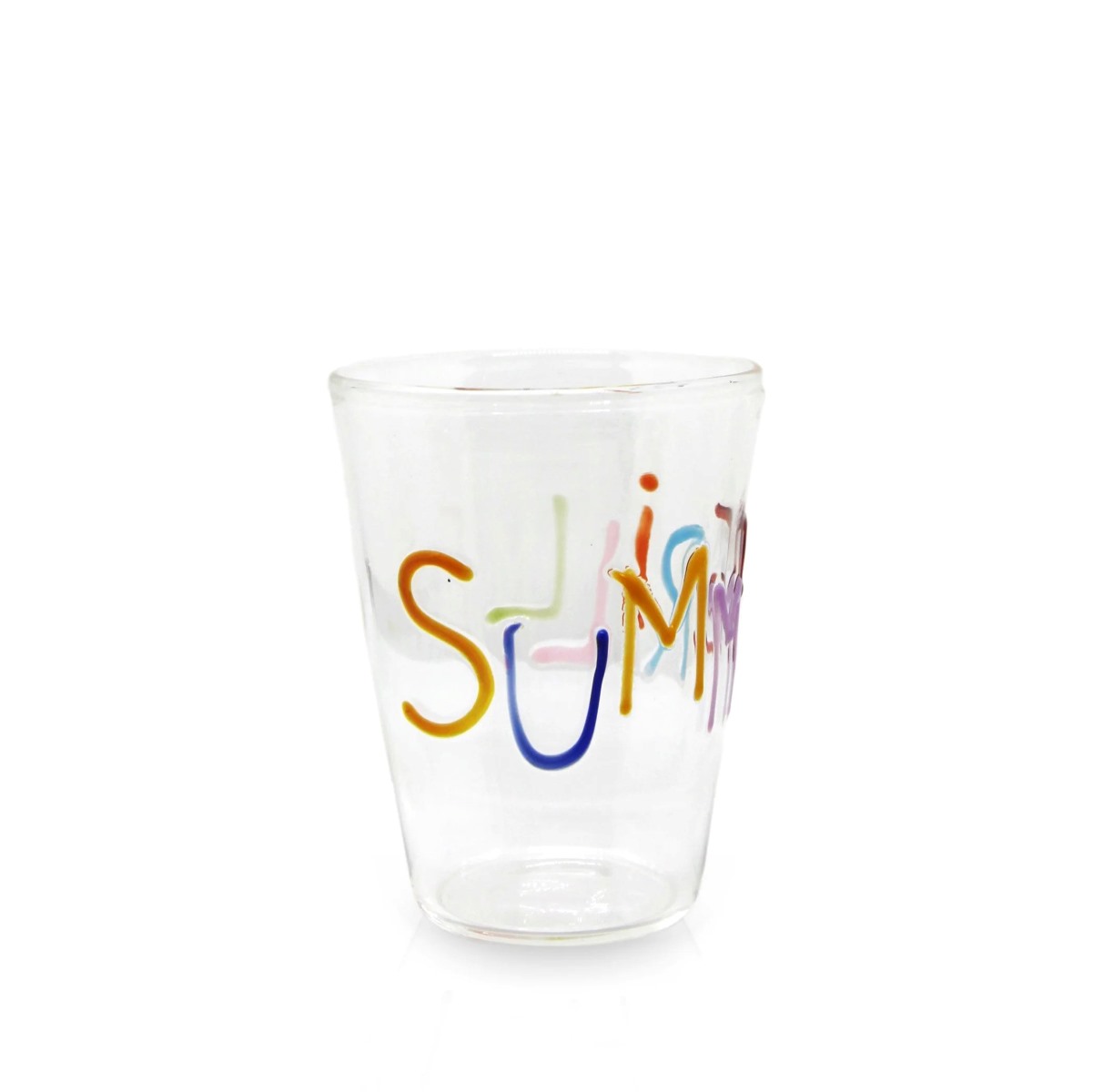
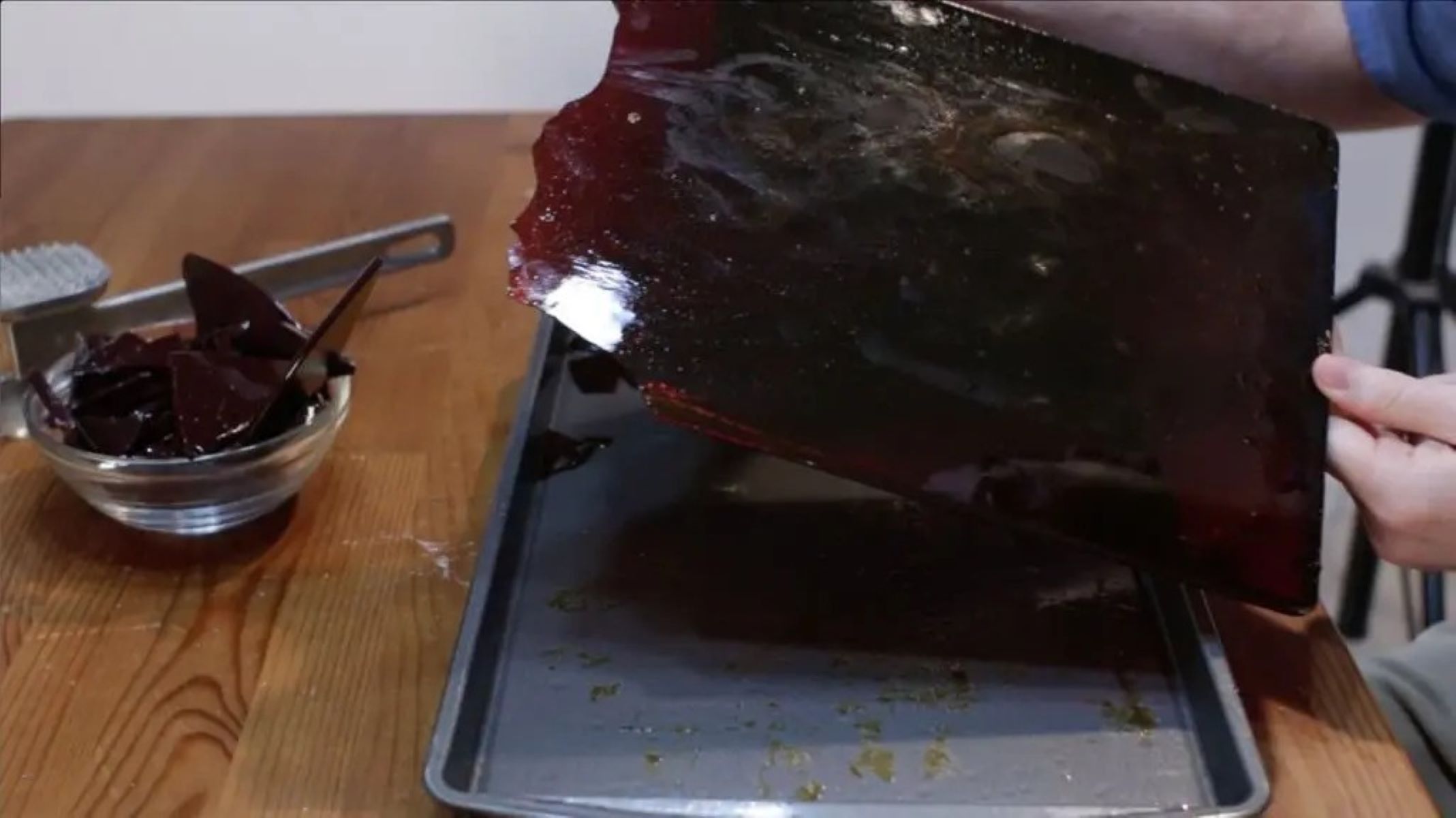
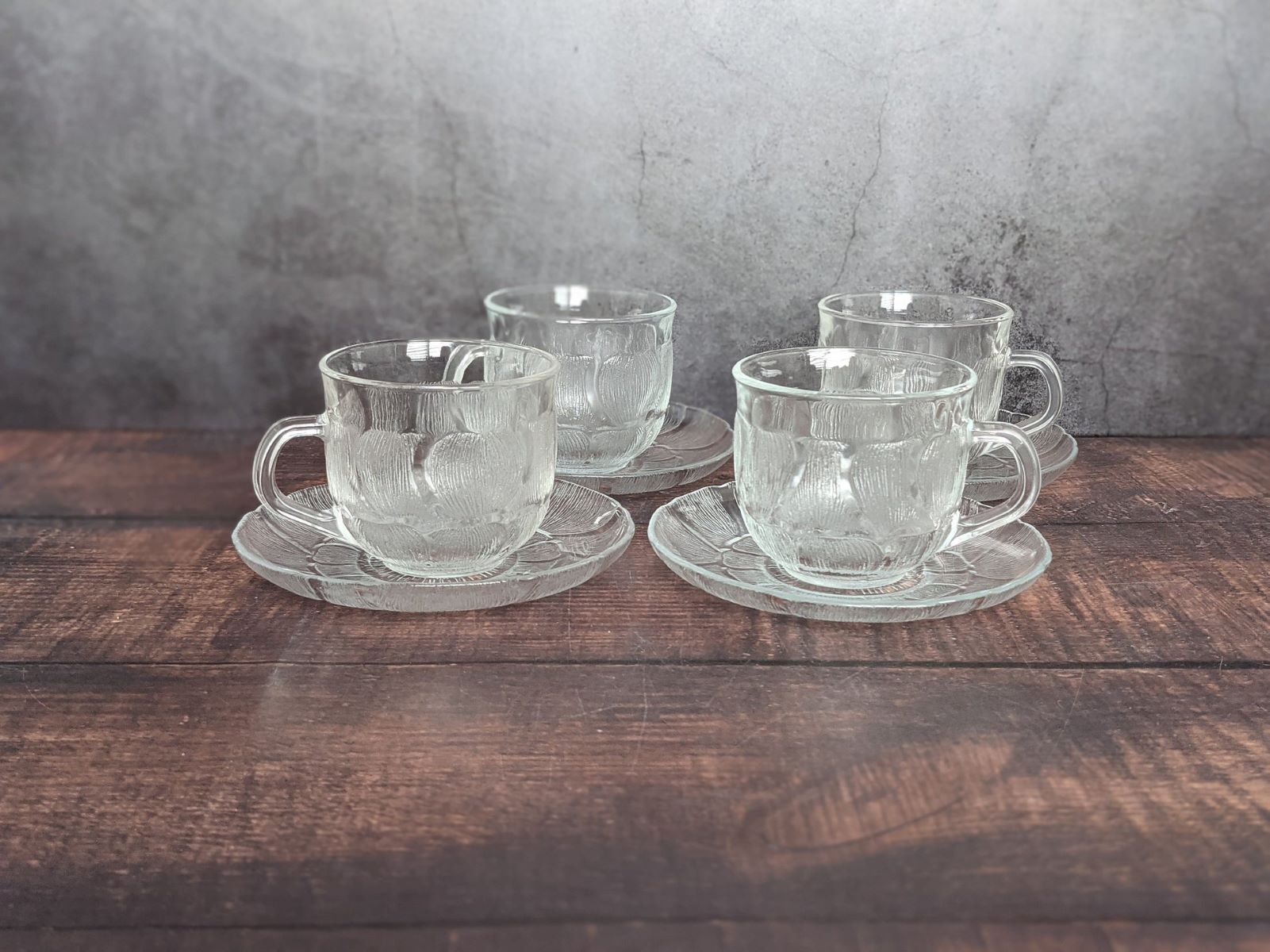

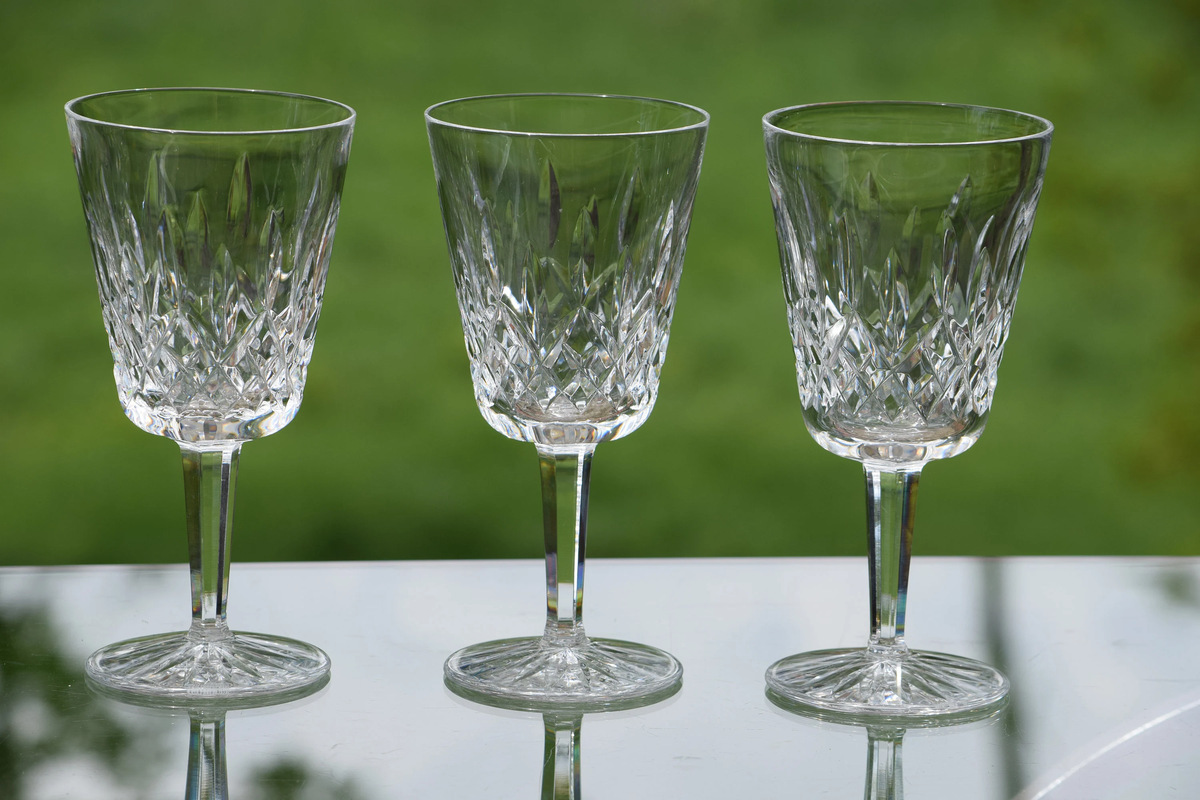
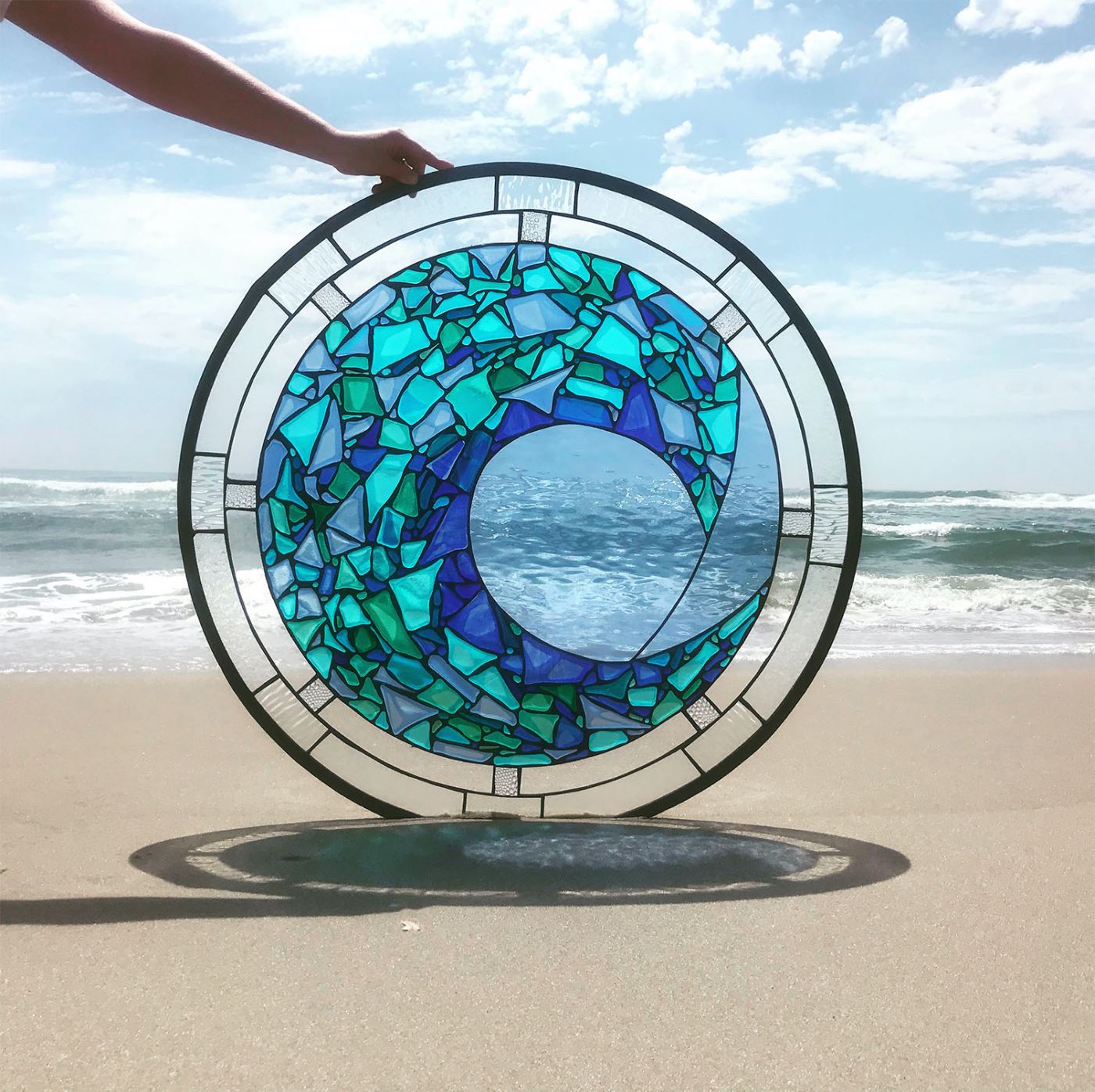
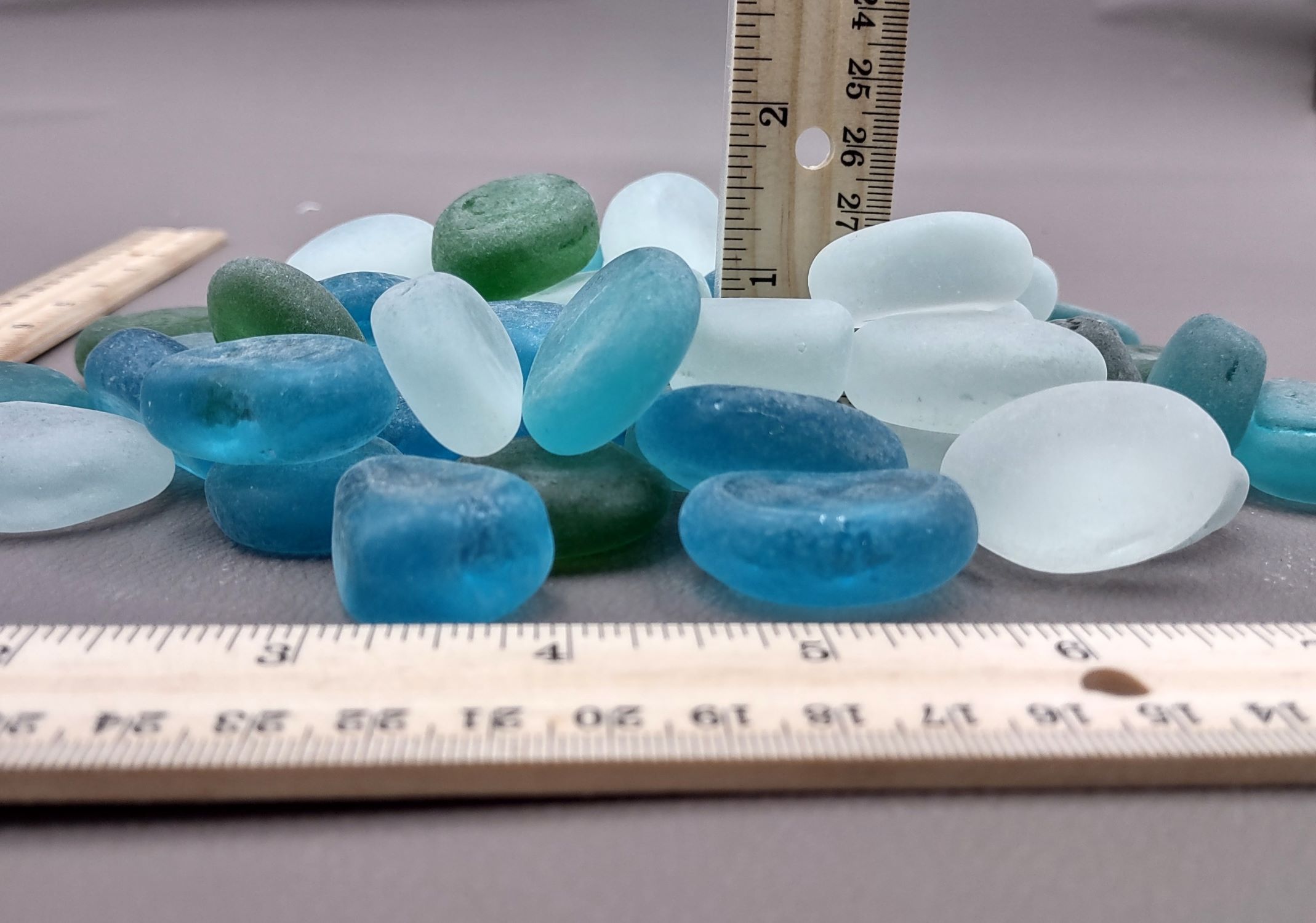
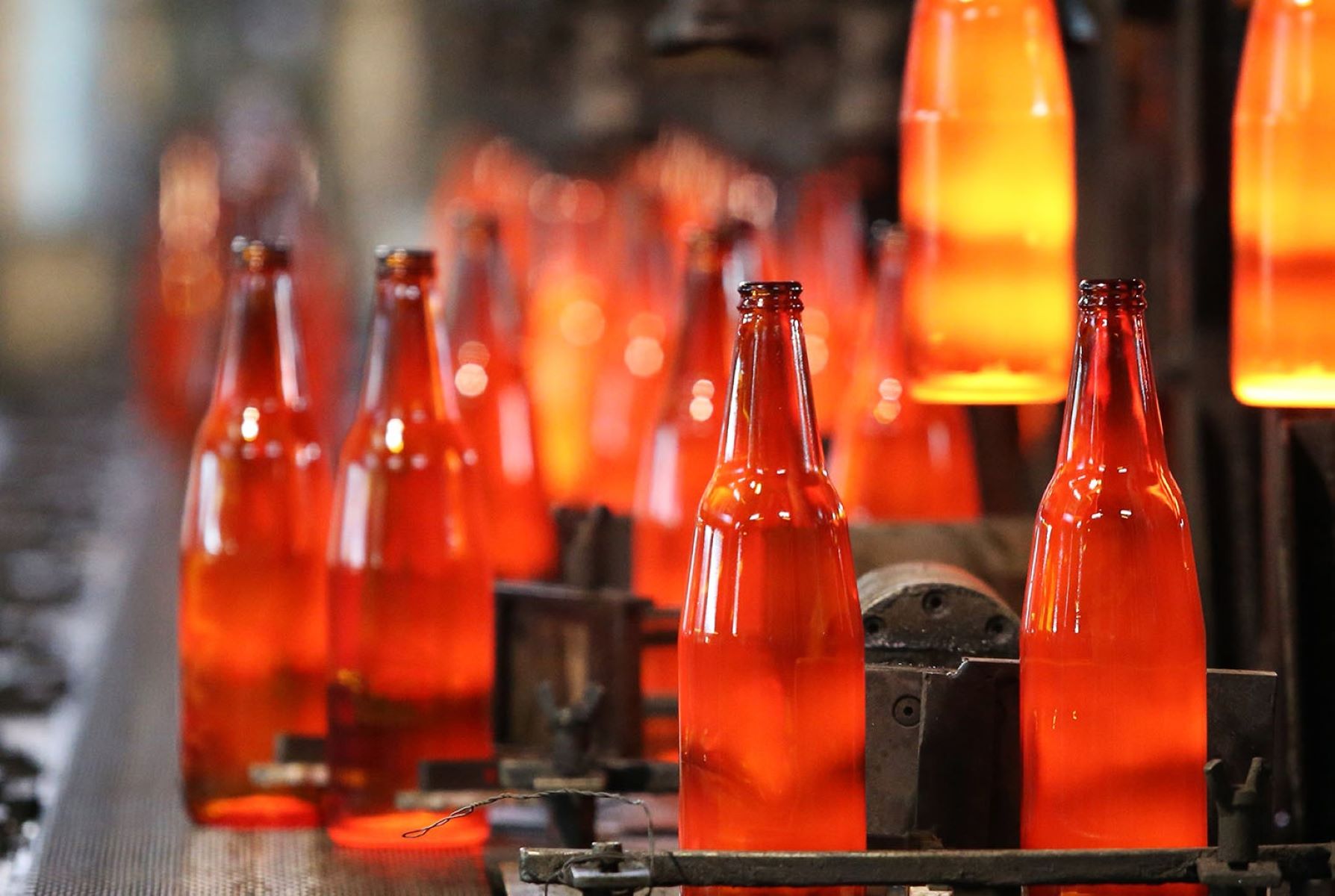
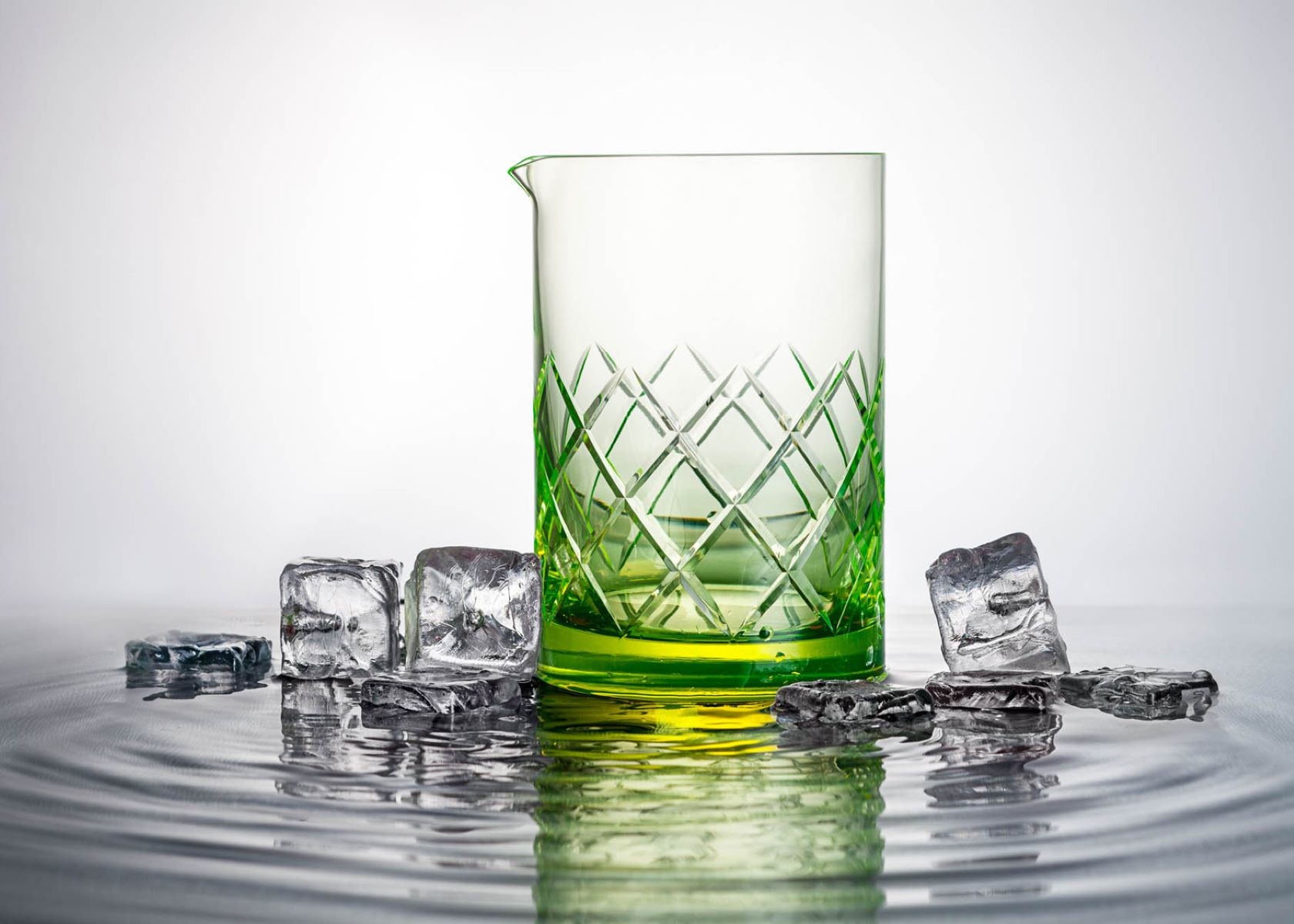
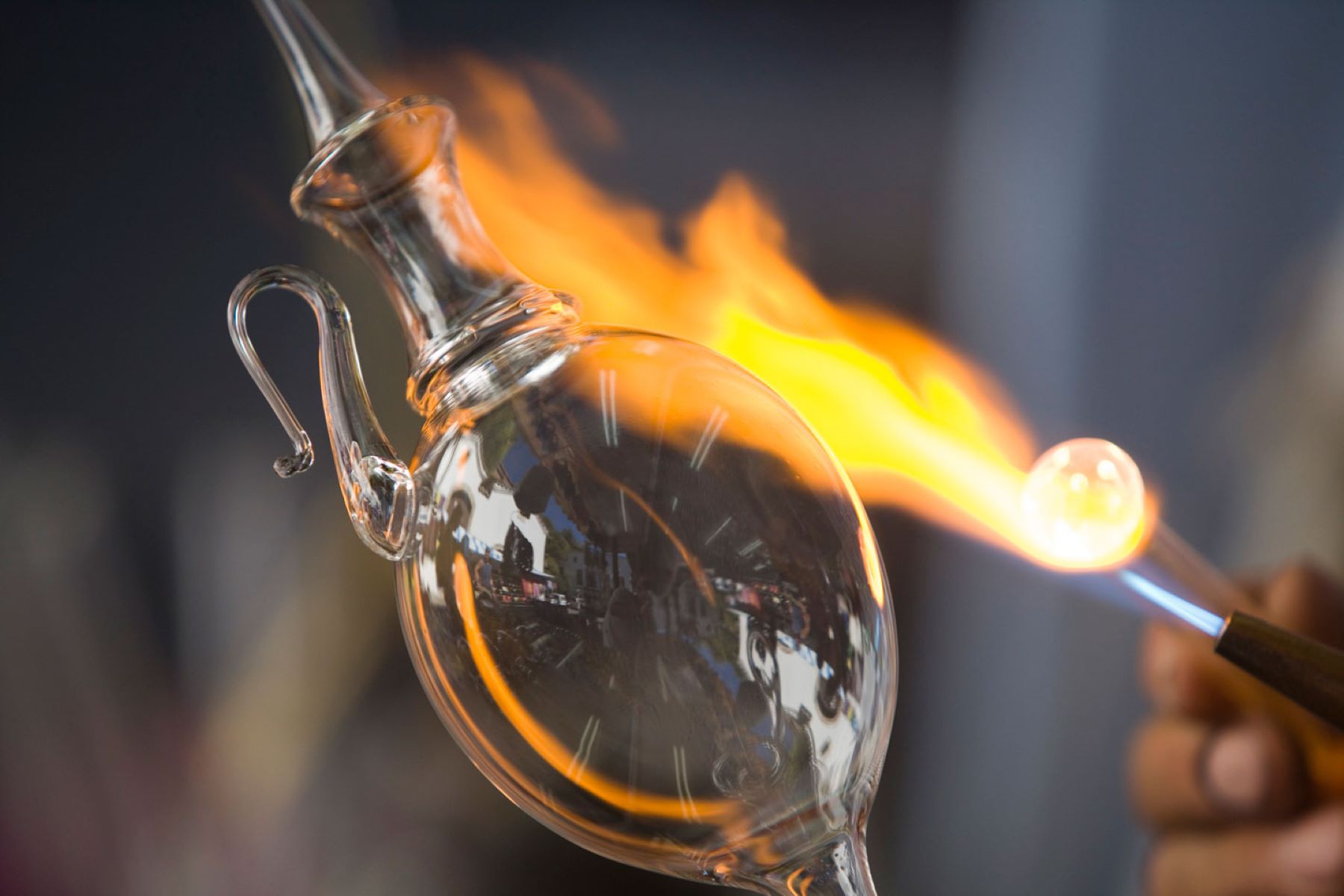
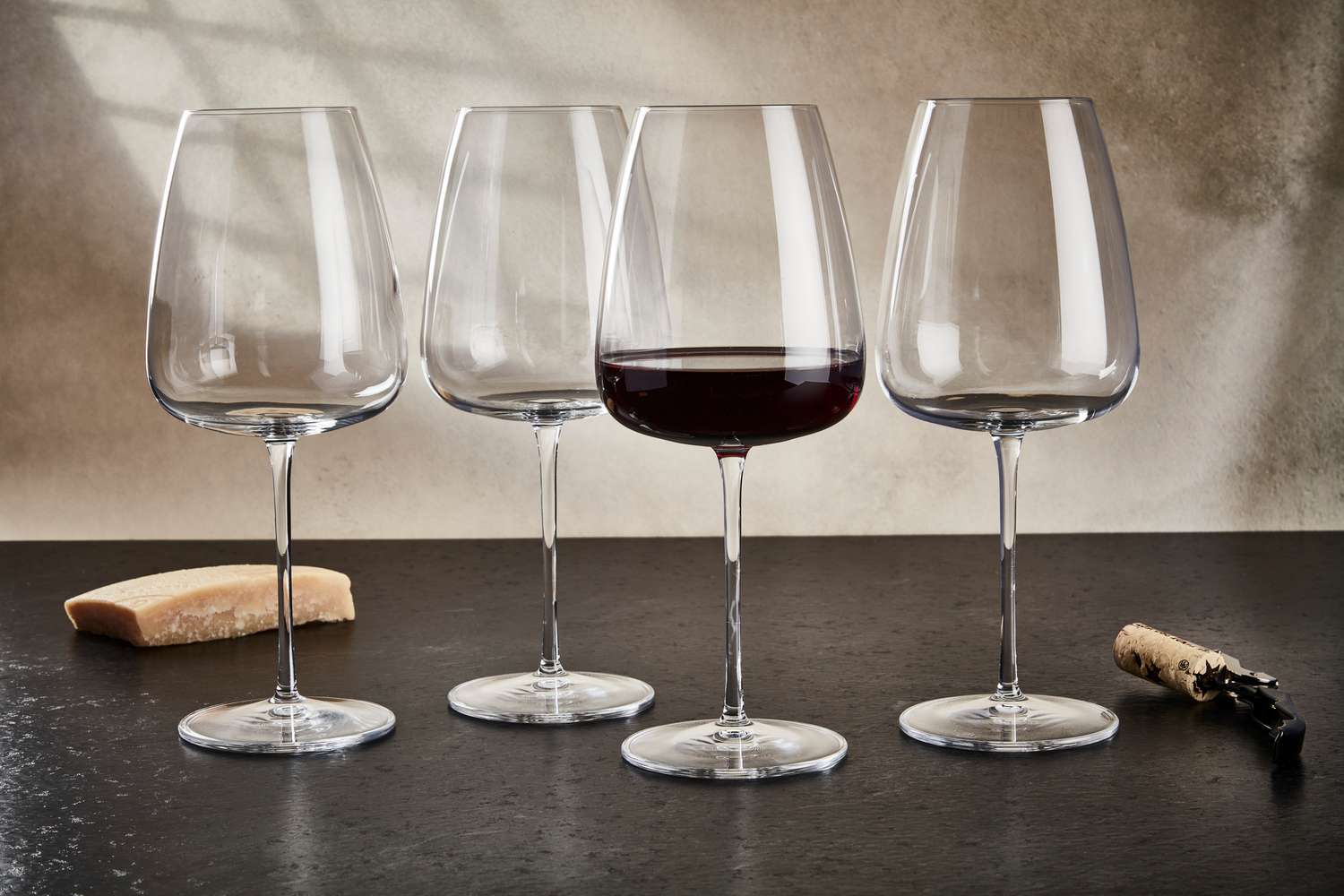
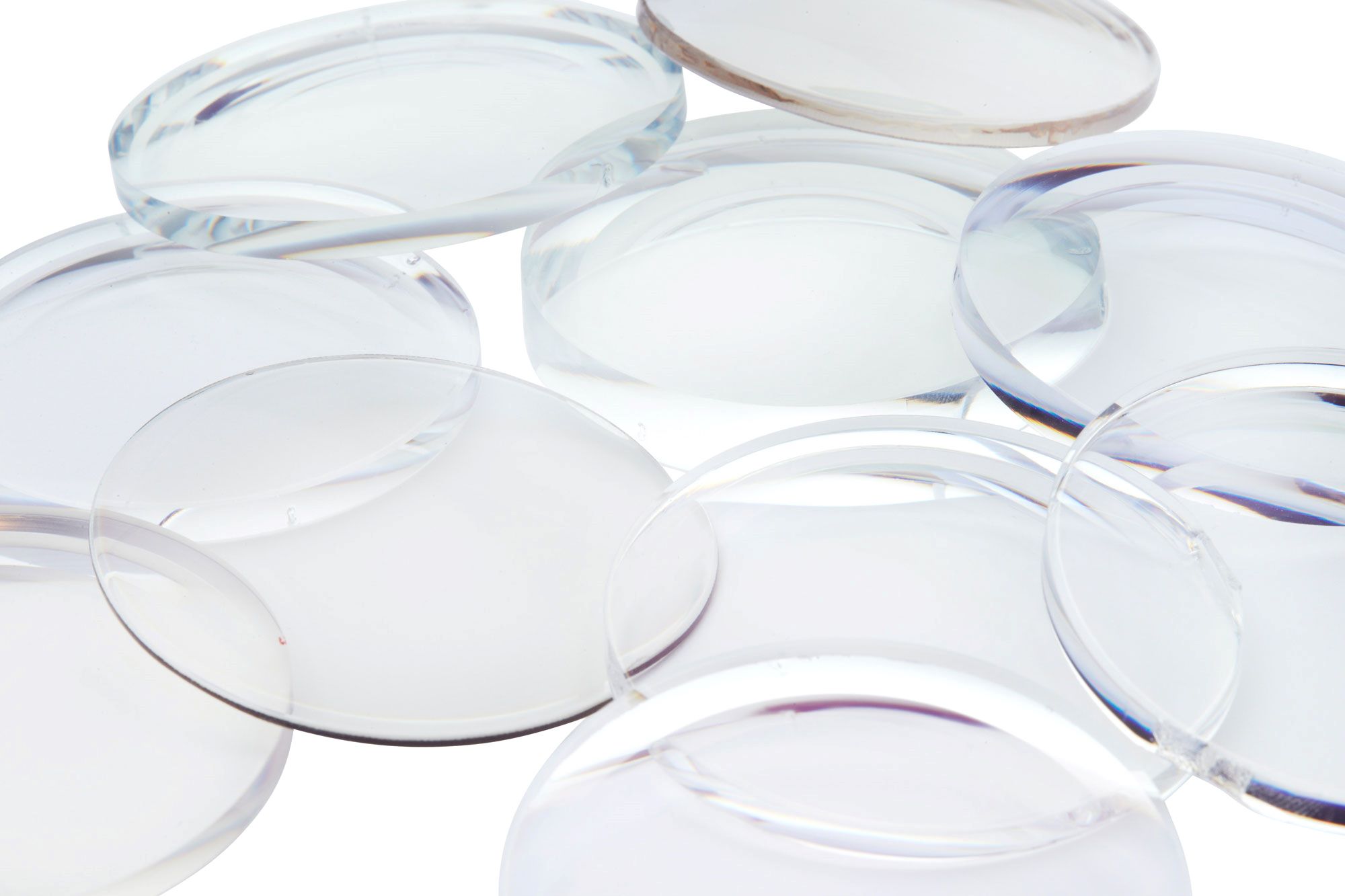
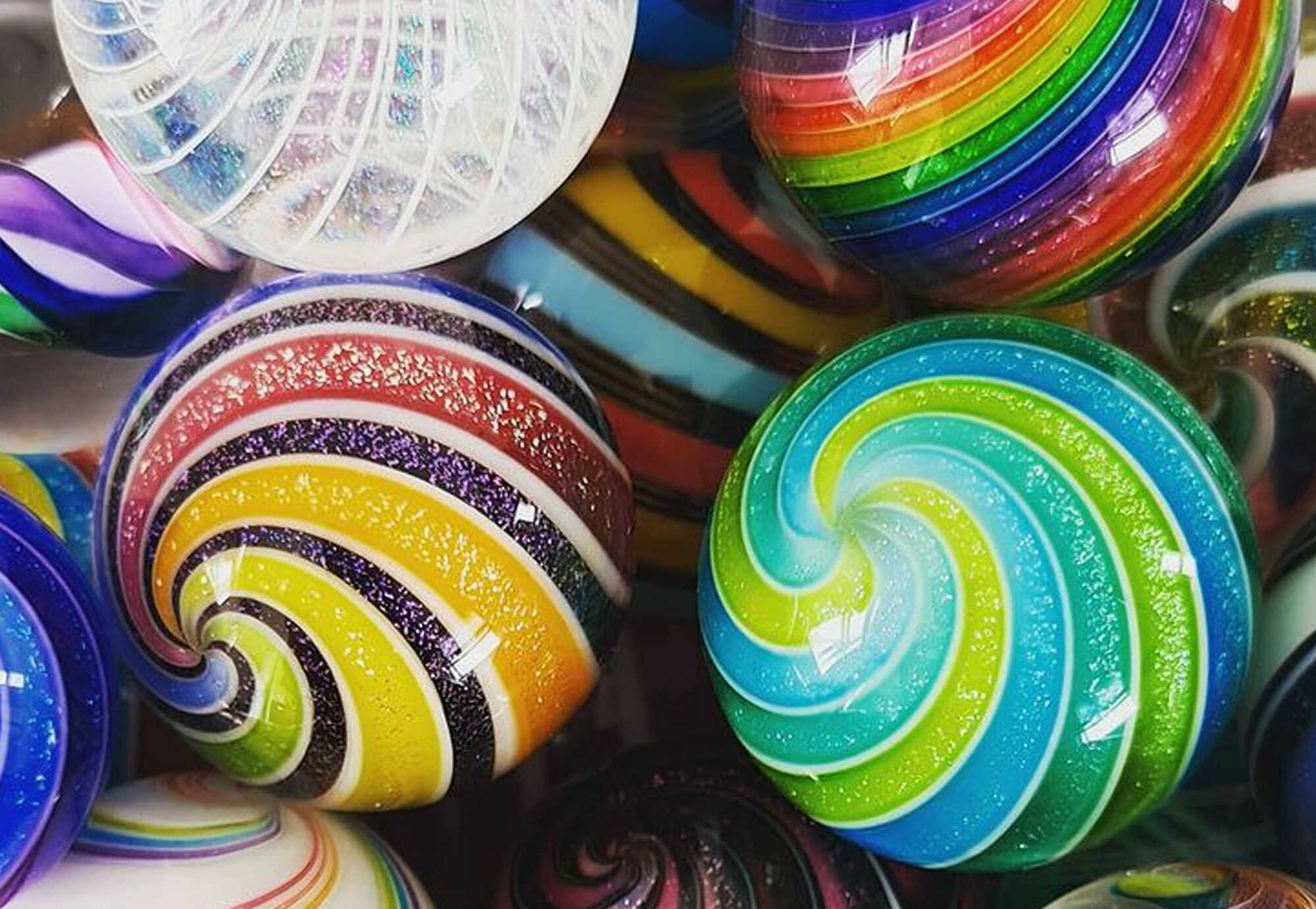
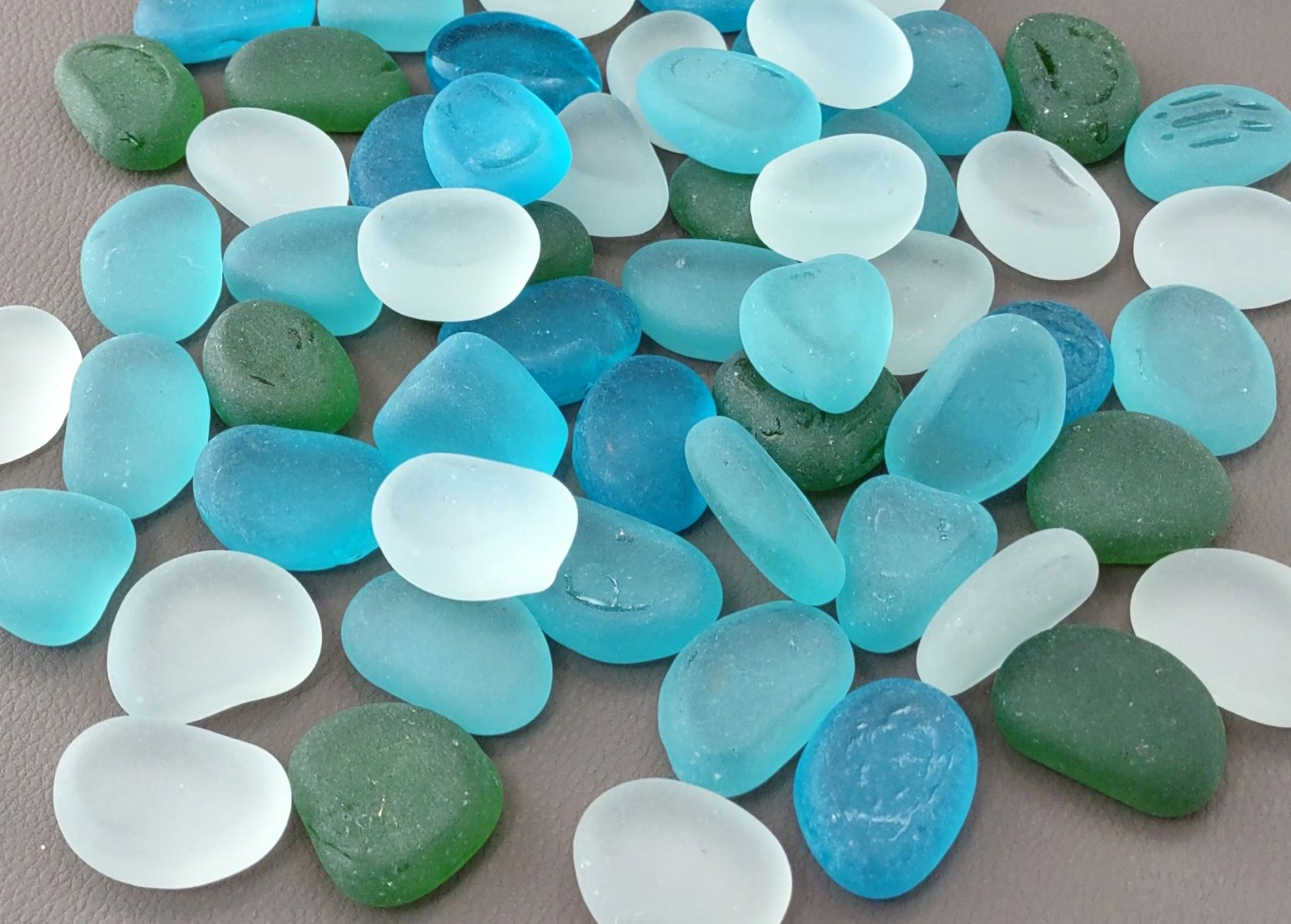

0 thoughts on “How It’s Made: Glass”